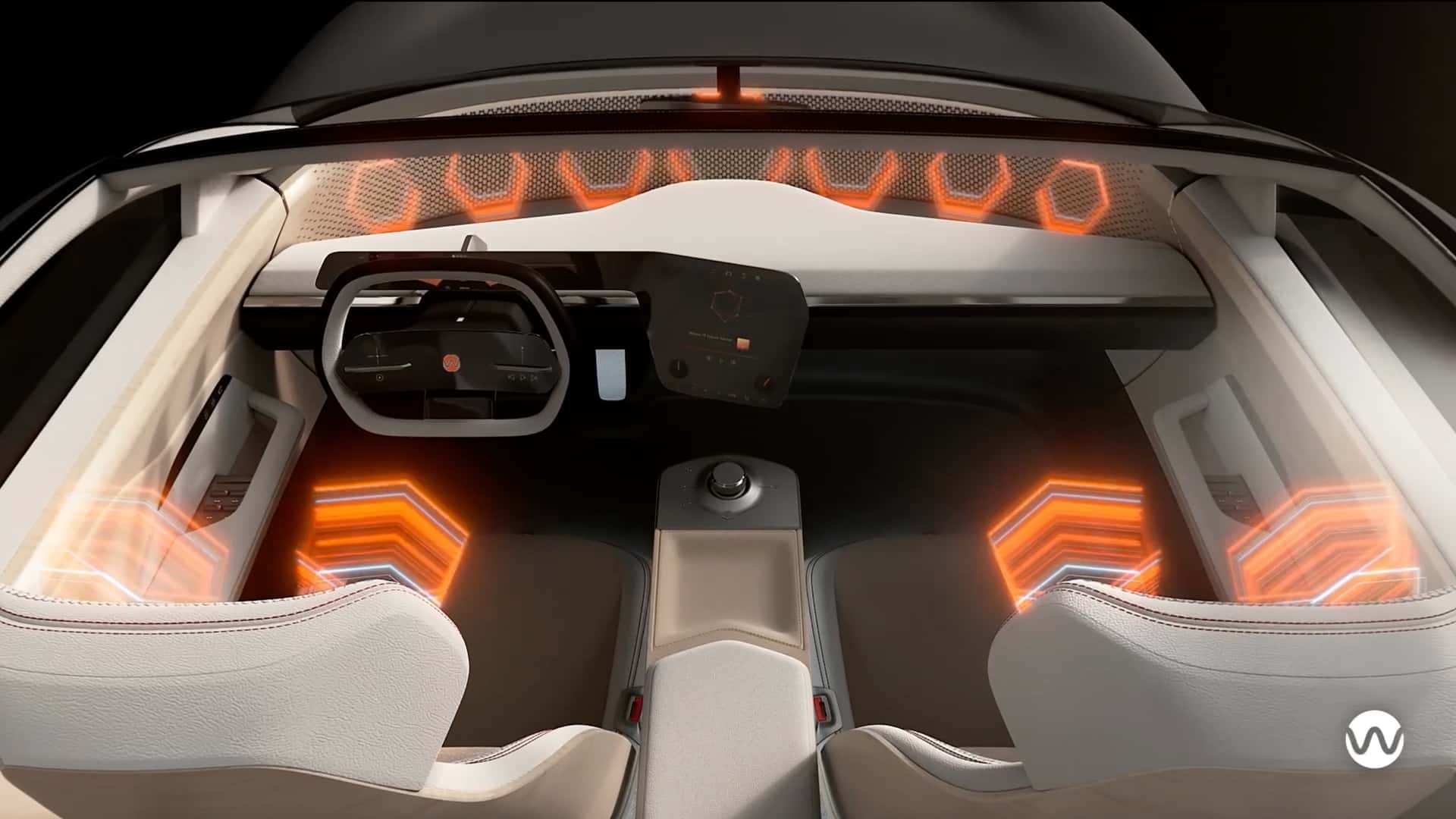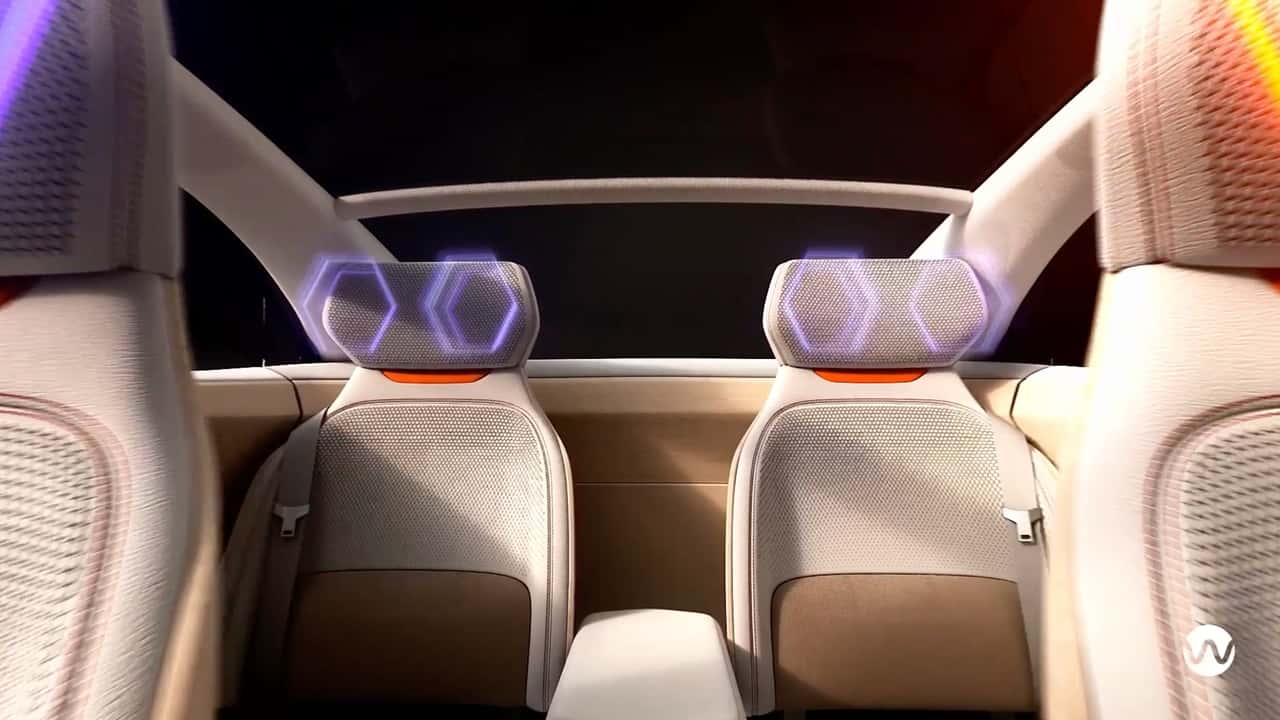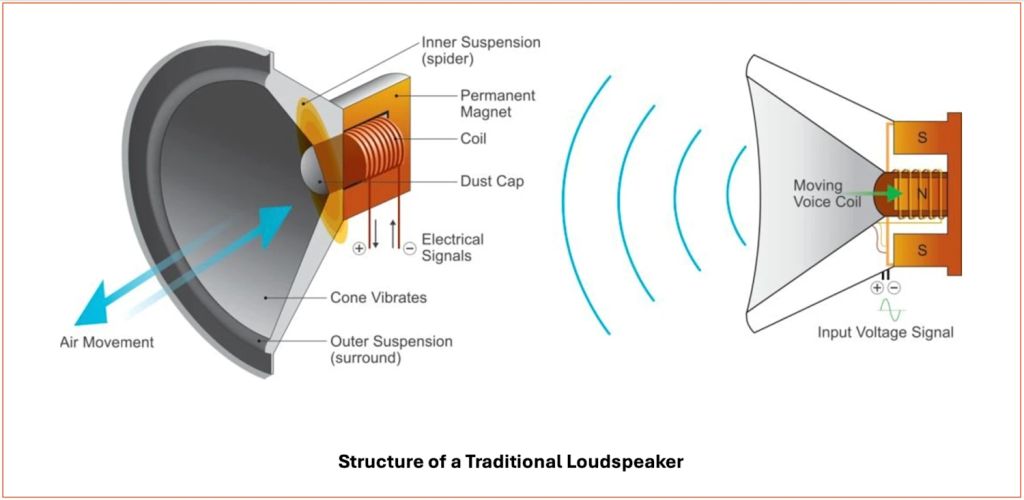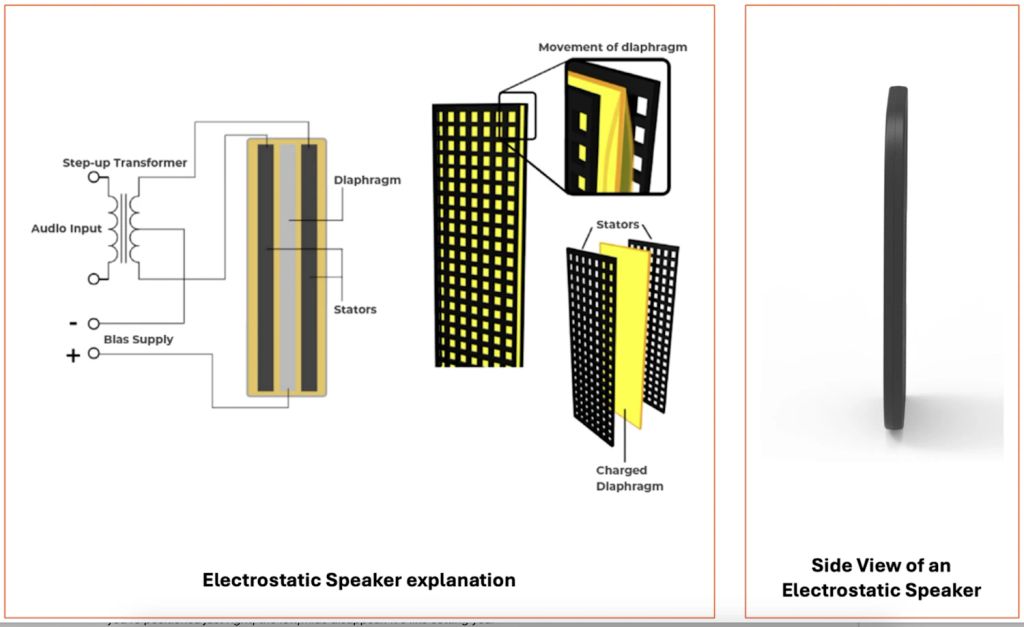Speakers That Could Revolutionize EV Range? Skeptics Say "Too Good to Be True"

The speakers can apparently boost EV range and provide “personal bubbles” for each passenger with “virtual headphones.”
- A British audio speaker company claims its in-vehicle sound technology can boost range for electric vehicles with lighter weight and less energy consumption.
- Apparently, "electrostatic speakers" can generate "personal bubbles" within the cabin, reducing noise interference.
- Reports indicate that they may be introduced in an electric vehicle model this year, with speculation suggesting it could be the fully electric Range Rover.
Car manufacturers worldwide continually seek methods to extend the driving range of electric vehicles. Established approaches include using dense batteries, energy-efficient engines, and sleek body designs. Nonetheless, an English firm asserts it has devised a fresh, innovative approach that could possibly enhance the distance your EV can travel.
Uh, that would be energy-efficient speakers.
British firm Warwick Acoustics claims its sound technology can enhance the driving range of electric vehicles by up to 20 miles more than conventional audio systems. This improvement in range is due to the use of lightweight "electrostatic speakers," The Independent First mentioned on Thursday, they have incorporated these speakers into a prototype. Polestar 2 , boasting about offering 90% lighter weight, consuming 90% less energy, and being fully recyclable. Of course, these figures could vary based on factors such as battery size and overall vehicle weight.

Electrostatic speakers
It is said that the speakers are extremely slim, making their packaging straightforward and efficient. According to the company, these speakers are scheduled to appear in a production car later this year. Rumors circulating suggest they might debut in an upcoming fully electric Range Rover.
Warwick Acoustics explains in a blog Electrostatic speakers produce sound through an electrically charged, extremely thin membrane positioned between two metallic plates. An audio signal generates an electrostatic field that causes this membrane to move, thereby creating sound waves. Theoretically, they promise superior clarity along with reduced distortion levels.

In contrast, conventional speakers employ coils and magnetic fields to produce sound. The company argues that these components possess excessive weight and numerous movable elements, leading to distortions.
According to the company, when placed inside a headrest, conventional speakers face constraints with frequency ranges and coverage areas. "An electrostatic speaker allows for shaping the diaphragm across the whole headrest," enabling each occupant to experience "a precisely tuned sound zone, so turning your head won’t cause abrupt drops in audio quality."

This feature can establish "individual spaces" for each occupant, preventing "noise interference." Thus, when the driver needs to take a call, rear passengers will still be able to enjoy their music undisturbed. As such, everyone can maintain their preferred musical choices or sound settings without conflict.
Auto manufacturers have been intensely concentrated on enhancing electric vehicles' efficiency by eliminating superfluous components, employing minimalistic part usage, mega-casting significant sections of the chassis, and adopting a simplified production method akin to what Tesla has implemented. This focus aims at boosting both range and efficiency. However, innovative approaches from component suppliers are also emerging. Despite these changes, you can be confident that beloved audio systems will remain intact in future models.
If the electrostatic speakers indeed find their way into the electric Range Rover as has been suggested, we will definitely test them out to determine whether they can compete with top-tier brands such as Meridian, Burmester, Bose, and others in the realm of high-end audio systems.
Got a tip? Reach out to the author: suvrat.kothari@insideevs.com
Related Stories
- The U.S. Currently Lacks Consistency and Certainty for Electric Vehicles.
- The EU Plans to Invest $105 Billion to Maintain Momentum on Electric Vehicles and Renewable Energy Initiatives
- Hyundai and Kia Decelerate Plans for Solid-State Batteries Until 2030
- Kia Has Ambitious EV Strategies. Tariffs Leave Them Perplexed

Post a Comment for "Speakers That Could Revolutionize EV Range? Skeptics Say "Too Good to Be True""